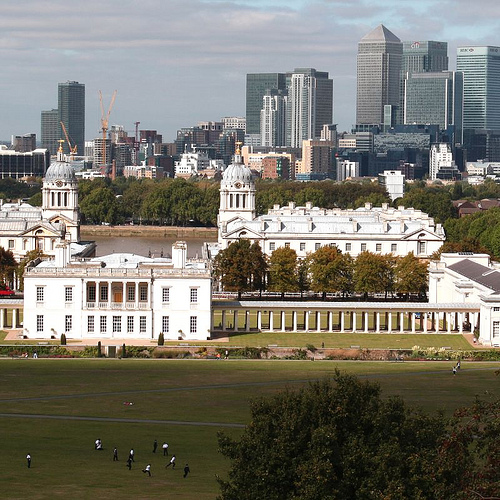The Royal Palace of Placentia
Think of a royal palace in London and Buckingham Palace will probably come to mind, or the Palace of Westminster, but there is a palace with an even greater heritage. In 2012 the Borough of Greenwich became a Royal Borough, and considering the long links with Royalty that the areas has, it’s about time. There has long been a Royal residence in Greenwich, but with the granting of a manor house, known as Greenwich Castle in Greenwich to the Duke of Gloucester in 1417 and the subsequent granting of further land in 1433, the way was set for the Palace to be formed.

The second land grant was for the development of the grounds and gardens around the manor house, so that it could be turned into a Royal Park, one of the oldest still in existence. The Duke was not short of royal connections as he was the son of Henry VI, brother to Henry V and then uncle to Henry VI, and following the granting of land he was awarded a further grant to redesign the manor house and incorporate a tower, on what is now the site of the world famous Royal Observatory.
A Change in Ownership
Upon the death of Humphrey, Duke of Gloucester in 1447 the house and land became the property of the crown and Greenwich Castle as it was known became the Palace of Placentia. It was not one of the more regularly used residences until Henry VII came to the throne in 1485. As he rather liked the place he lavished money on the building of new extensions, he completed the building of the tower and incorporated a brick frontage into the overall design. Henry spent a lot of time here, and it was within the Palace of Placentia that Henry VIII was born. It was during the rule of Henry VIII that the palace became the primary royal residence in London. This was the venue for his extravagant banquets and the site of many a jousting match. The palace was also the venue for a new kind of party, a masquerade party, the first of its kind in the country which took place here in 1516.
A Popular Palace
The Palace of Placentia was also the birthplace of Mary and Elizabeth I, and the famous hollowed out oak tree within the grounds of the palace where a young Elizabeth would play can still be visited today. The famous story of how Sir Walter Raleigh laid down his cloak so that Queen Elizabeth would not step into a dirty puddle is also said to be within the palace grounds.
The palace was the primary residence of both James I and Charles I and remained popular until the civil war and Oliver Cromwell took control. Cromwell tried to sell the palace, but no one was willing to buy it, instead it was converted into both a biscuit factory and then later a camp for war prisoners. Come the restoration in 1660 the palace was in a sorry state and its demolition was ordered by Charles II. Orders were made for a new palace to be built in its place, but this was only part built and is now a part of the University buildings.

